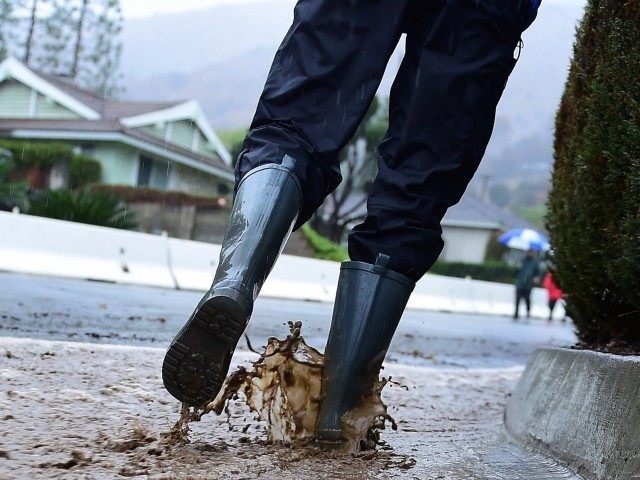California picked up an average of about an inch of rain, with some mountain areas collecting 2 inches, as hurricane Linda brought the first of what is expected to be a “tropical train” generated by El Niño.
According to US meteorologist Philip Klotzback, a climatologist specializing in tropical storms at the Colorado State University, Linda is the 11th hurricane in the north-east Pacific so far this season in what NASA has termed the “tropical train.”
With an average of just 9 storms over the 1981-2010 period, the large El Niño warming of the equatorial Pacific has created cyclonic-strength winds from a huge body of water that is about 2 degrees above normal and still rising.
Linda was upgraded to hurricane strength from a tropical storm last week as it the tropical depression strengthened off the southern tip of Mexico’s Baja California. Typhoon Kilo, which churned in the waters off Japan for three weeks with sustained winds of 175 km/h, is expected to bring cool temperatures and a chance of rain nearly every day to southwest Washington and northwest Oregon later this week.
Cyclones, which are also known as hurricanes or typhoons depending on the region of the world they impact, typically need sea-surface temperatures of a minimum of 79.9 water temperatures to form.
While El Niños are marked by the relative warmth of the Pacific eastern and western equatorial regions, the central and north-western Pacific areas are also in the midst of an unusually active cyclone season.
The central Pacific had had more days in 2015 with multiple hurricanes spinning at the same time than in all the previous years combined since the satellite era began. Tropical depression Etau that formed near the southern Japanese island of Iwo Jima is a record 18th such storm of the season, according to NASA.
The unusual confluence of storms across the Pacific is expected to intensify El Niño this fall, resulting in a greater number and stronger storms.
Cyclones disrupt the normal easterly trade winds that blow along the equatorial Pacific, meaning yet more heat has built up in the central and eastern Pacific. The event is already the strongest since the super El Niño of 1997-98, and is forecast to intensify further before peaking late in 2015.

COMMENTS
Please let us know if you're having issues with commenting.